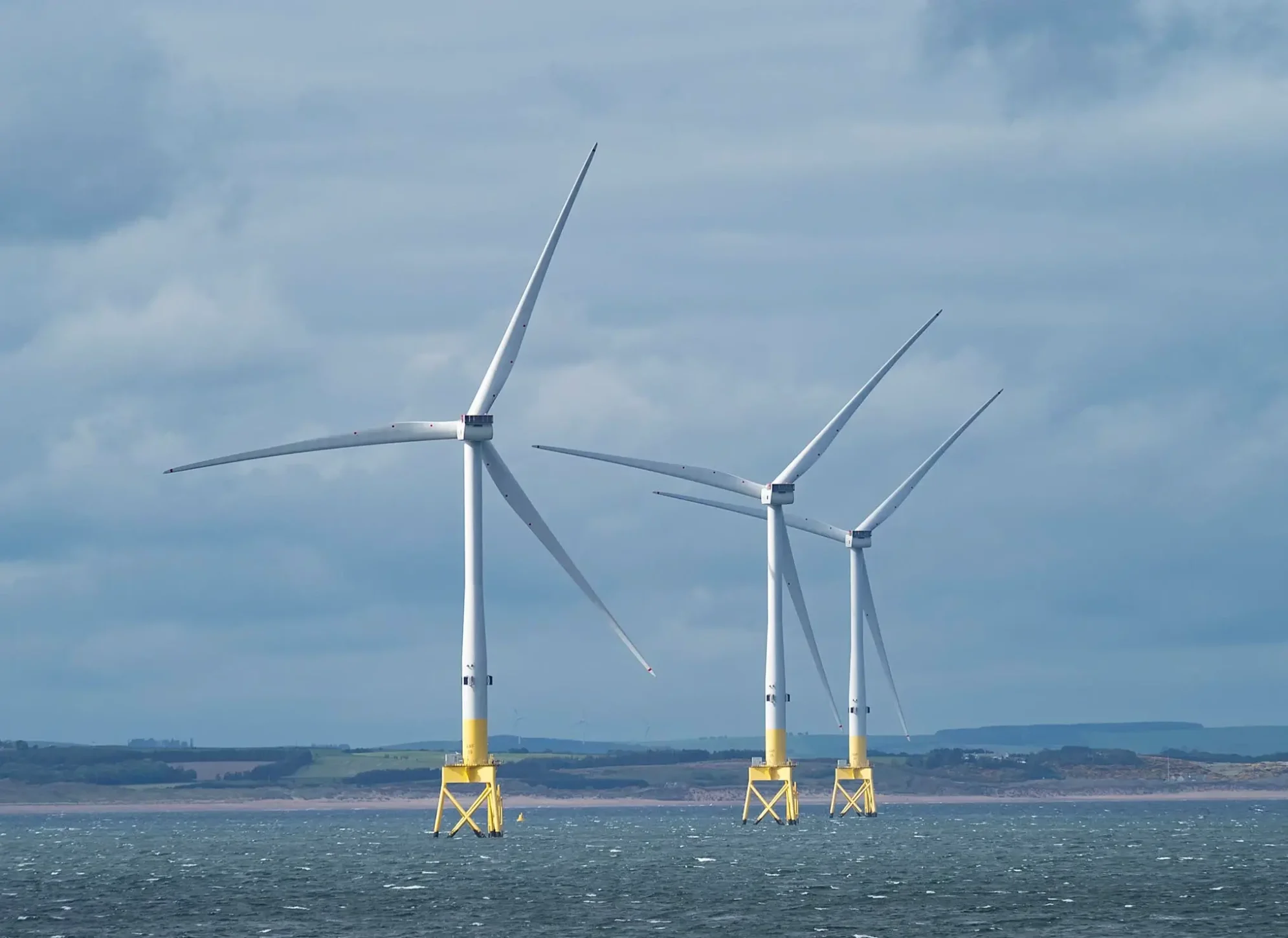
Planning for Wales’s clean energy future
On the eve of RenewableUK Cymru’s Future Energy Wales conference - a key date in the energy sector calendar - there’s a sense of change in the air. Tomorrow [7 October], key decision-makers, stakeholders and policymakers will come together to explore how Wales can accelerate major projects and unlock the full potential of clean energy.
How we plan, approve and deliver new infrastructure will shape not just our economy but also our ability to reach net zero. At the heart of this shift is a new planning system and a once-in-a-generation opportunity to harness Wales’s natural resources, such as the Celtic Sea, for floating offshore wind.
Wales’s Development of National Significance (DNS) process has long overseen large projects, but its complexity has often drawn criticism. It is now being scrapped in favour of a new consenting regime for ‘Significant Infrastructure Projects’ (SIPs).
From 15 December 2025, schemes that qualify will receive a single Infrastructure Consent (IC) – effectively a ‘one-stop shop’ for approvals, replacing the multiple permissions currently required.
The Welsh Government has already published five sets of regulations to support the new process, covering everything from early consultation with communities to land acquisition. More guidance is expected in the coming months. While developers welcome the increased flexibility, they are also seeking clarity. It is one thing to pass regulations; it is another to understand how they will work in practice.
The big prize lies in speed and certainty. A single approval process could cut years from project timelines. Faster decisions are especially vital for the energy sector, where investors need confidence that projects can move from concept to delivery without endless delay. Wales cannot afford to lag behind as other countries race to expand their renewable energy capacity.
This brings us to the Celtic Sea. In July, The Crown Estate awarded seabed rights in the Celtic Sea to two developers: Equinor, the Norwegian energy company, and Gwynt Glas – a floating offshore wind project being developed through a joint venture between EDF Renewables UK and the Irish utility, ESB. These energy developers will now lead the delivery of some of the world’s largest floating offshore wind farms. Combined, the projects could generate enough clean power for four million homes and create up to 5,000 jobs in the process.
The benefits extend beyond electricity. Floating offshore wind unlocks deeper waters that fixed-base turbines cannot reach. It positions Wales as a hub for a new global industry. It promises jobs in engineering, construction and maintenance, as well as fresh investment in local supply chains. It also has the potential to transform port infrastructure, with Welsh ports, including Port Talbot, tipped to play a central role in assembly and deployment.
The Crown Estate has committed up to £400 million to support UK supply chains, while developers are required to meet social commitments, including apprenticeships and training opportunities for young people. If delivered well, this could secure long-term economic benefits for Welsh communities.
Yet offshore wind alone cannot solve Wales’s energy challenge. Grid capacity is a constant headache for developers and policymakers. Mid Wales has limited high-voltage network to connect new projects, while South Wales is already congested. Without a major upgrade, renewable schemes risk stalling.
Planning reform, offshore wind and grid expansion are not separate issues – they are deeply connected. A quicker, more predictable planning system will only deliver results if the grid is ready. And floating offshore wind will only transform Wales if ports, roads and supply chains are equipped to support it. Success demands a joined-up approach.
Later this autumn, Waterfront Conference Company will hold its Planning for Infrastructure in Wales 2025 event. That forum will dive into the detail of the new planning regime, offering insight into how the changes will affect developers, investors and local authorities.
Taken together, these changes signal a moment of reckoning. Wales has the natural resources, the talent and expertise to lead on clean energy. The question now is whether we can design the planning and infrastructure to match our ambition.
If we get this right, the prize is enormous – energy security, economic growth and a just transition to net zero. If we fall short, the cost will not only be missed investment but also missed climate targets.
Clean energy is no longer a distant goal. The task now is to ensure that our planning system and infrastructure keep pace. Wales has the chance to show how a small nation can deliver big change – and the decisions made today will impact generations to come.
To find out more about Waterfront Conference Company’s Planning for Infrastructure in Wales event, please visit www.waterfrontconferencecompany.com.
This article was written by Waterfront Conference Company’s director, Rebecca Ives-Rose and featured in the Western Mail on 6 October 2025.
